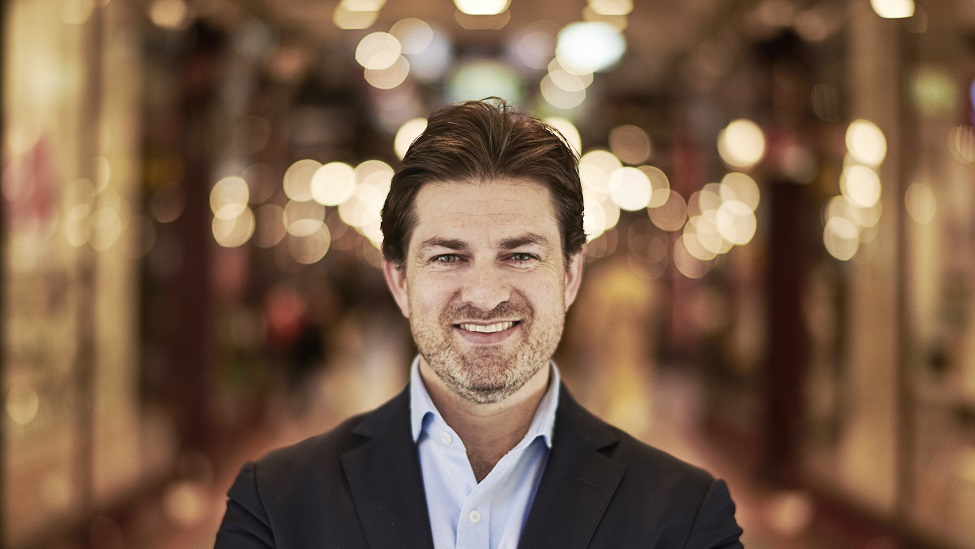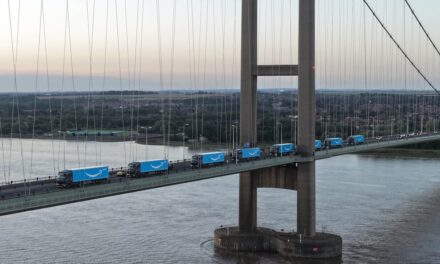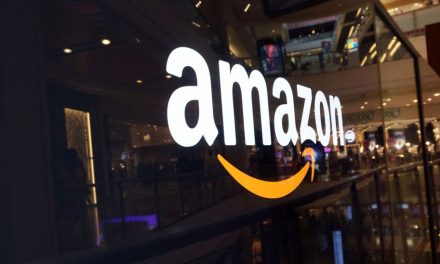
COVID-19 shows us our future, and how to avoid it

Justin Dery, CEO, Doddle Asia Pacific explores how the industry has coped with the dramatic growth in e-commerce over the last few months and what lessons can be learnt from it.
“The COVID-19 pandemic has brought us into the future. In terms of e-commerce adoption and parcel volume, we have been transported to somewhere between 2025 and 2030, but 5-10 years too soon. The parcel volumes which carriers are currently experiencing, brought on by the overnight spike in demand in online retail, is a vision of what things will soon be like all the time.
“By 2025, our industry will deliver 200 billion parcels around the world, according to Pitney Bowes. That figure seems a lot more real and a lot more concerning in the light of the pandemic and our industry’s ability to respond.
“Of course, when COVID-19 hit, postal services and parcel carriers around the world faced challenges on several fronts. The safety of their own workers had to be ensured first and foremost, which meant heightening cleaning and hygiene methods and rapidly switching to no-contact deliveries. At the same time there was a huge upswing in parcel traffic – bigger than Christmas deliveries in some countries.
Concurrently, disrupted air flight schedules meant that even as demand soared, options for moving freight long distances diminished. These challenges are unique to our current moment, but after they subside we will still live with accelerated e-commerce adoption, and a faster-growing parcel sector.
“The problem is that we’re already struggling to offer enough capacity in the right spaces. Cities are growing tired of delivery vans cluttering streets, adding to congestion and pollution. Logistics businesses are trying desperately to find spaces to enable ever-faster urban deliveries, turning to ‘dark stores’ in a bid to maximise their capacity where it’s most needed and hardest to create.
“Amazon responded to COVID-19 by almost completely shutting down its third-party fulfilment arm, Fulfilled by Amazon, preserving its own capacity at the expense of tens of thousands of small businesses – such was the demand pressure. This is probably the fastest-growing, and certainly among the most accomplished, logistics operators in the world, and they found themselves outmatched.
“But Amazon remains among the best prepared logistics players for the future, helped no doubt by its own data as a retail giant. Amazon is constantly growing its fulfilment capability with new fulfilment centres around the world, at a rate unmatched by any established carrier business. So how will its competitors fare in the future, where this level of demand is normal?
“Obviously all the players involved need to scale up their infrastructure. But what’s needed for most to remain viable, and what’s absolutely critical to the industry becoming sustainable in the medium and long term, is consolidation.
“Consolidation in the last mile through out-of-home delivery provides carriers with the ability to increase their delivery capacity in the short-term without building new infrastructure. It can take many forms: post offices, parcel shops, lockers, or third-party host counters. By decreasing journey times, increasing delivery success rate and delivering many parcels to single locations, out of home deliveries enable many more parcels to be delivered in the same time frame with the same resources.
“Last-mile consolidation has a multiplier effect on investment. Imagine opening a new depot where 95% of deliveries are to homes – journeys tend to take longer, delivery success rate is lower. You deliver fewer parcels. The higher the percentage of out-of-home deliveries, the shorter the journeys and the higher the success rate, and the more efficient your new depot becomes.
“The problem for carriers is that they don’t directly control the delivery destination. Retailers offer customers options, and home delivery sits at the top of the pile as the default in most markets. This is not the case everywhere. In Scandinavia, even major retailers like Zalando barely offer home delivery (doing so at a price premium). PostNord estimates between 60 and 70% of their deliveries are to PUDO locations.
“There’s a great deal of work for carriers to do around the world to enable more consolidation. The project will have to start with retailer engagement, and a move away from rates as the sole consideration and discussion point. Crucially, carriers have to convince their retailer customers that out-of-home delivery can be good for their shoppers and good for their business, not just a way to cut costs and reduce rates.
“COVID-19 has proven to at least some retailers that home delivery as they currently operate it is untenable. In Australia and the UK, every major supermarket has seen their home delivery services completely outmatched by demand, and in the US we saw Amazon’s drastic action. Around the world, retailers are taking notice, and carriers should be looking to collaborate with their retail customers on solutions to ensure the long-term security of the industry.”
About Justin
Justin joined Doddle in 2017 to establish the first international expansion in Australia. He is responsible for managing Doddle’s regional go-to-market strategy, including managing its key partnership with Australia Post. Justin is also responsible for business development of Doddle’s proprietary technology platform with major retailers through Asia Pacific. Prior to joining Doddle, Justin was founder and CEO of Coverpoint Marketing Group, a full-service digital and brand management agency based in Sydney.











